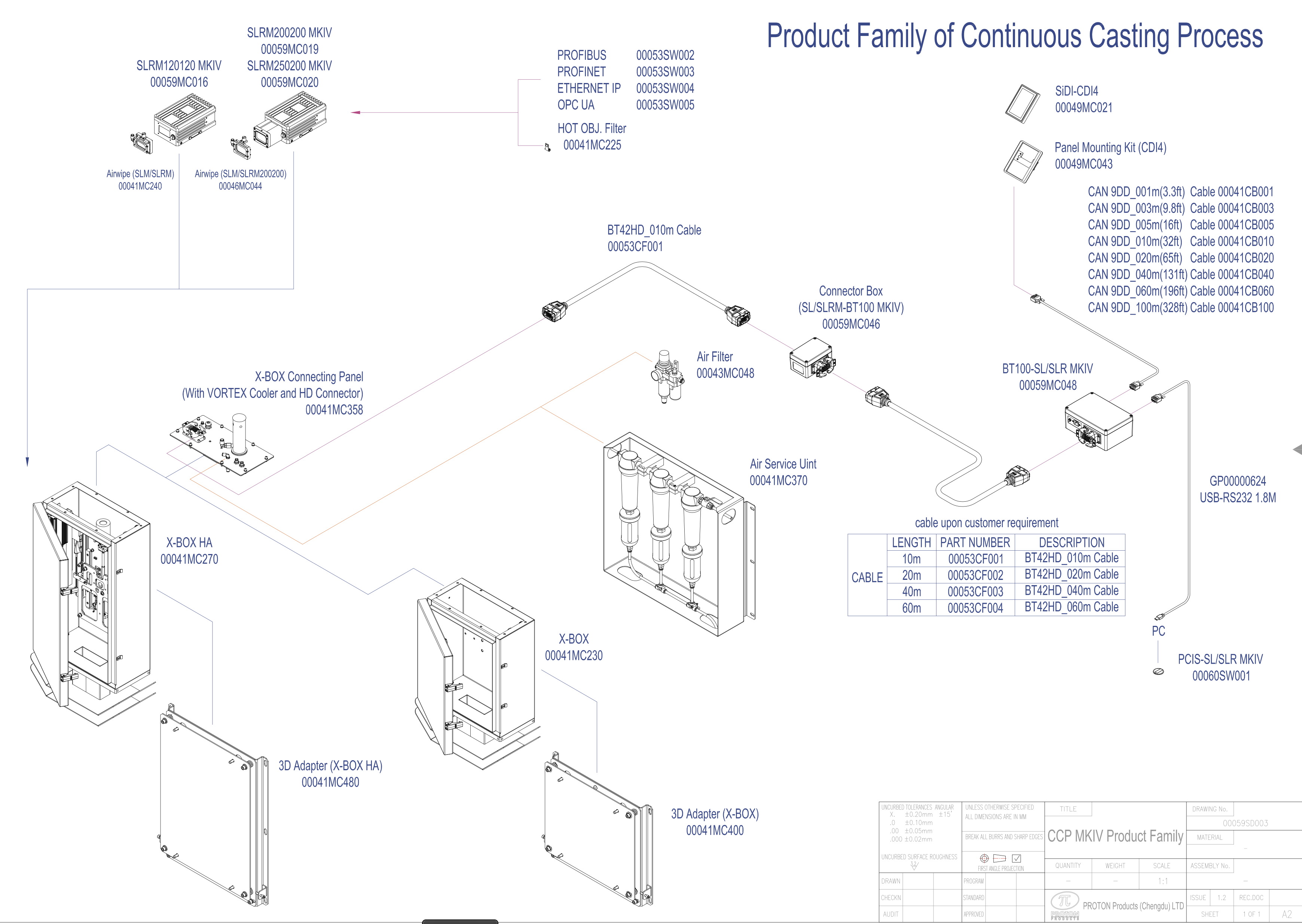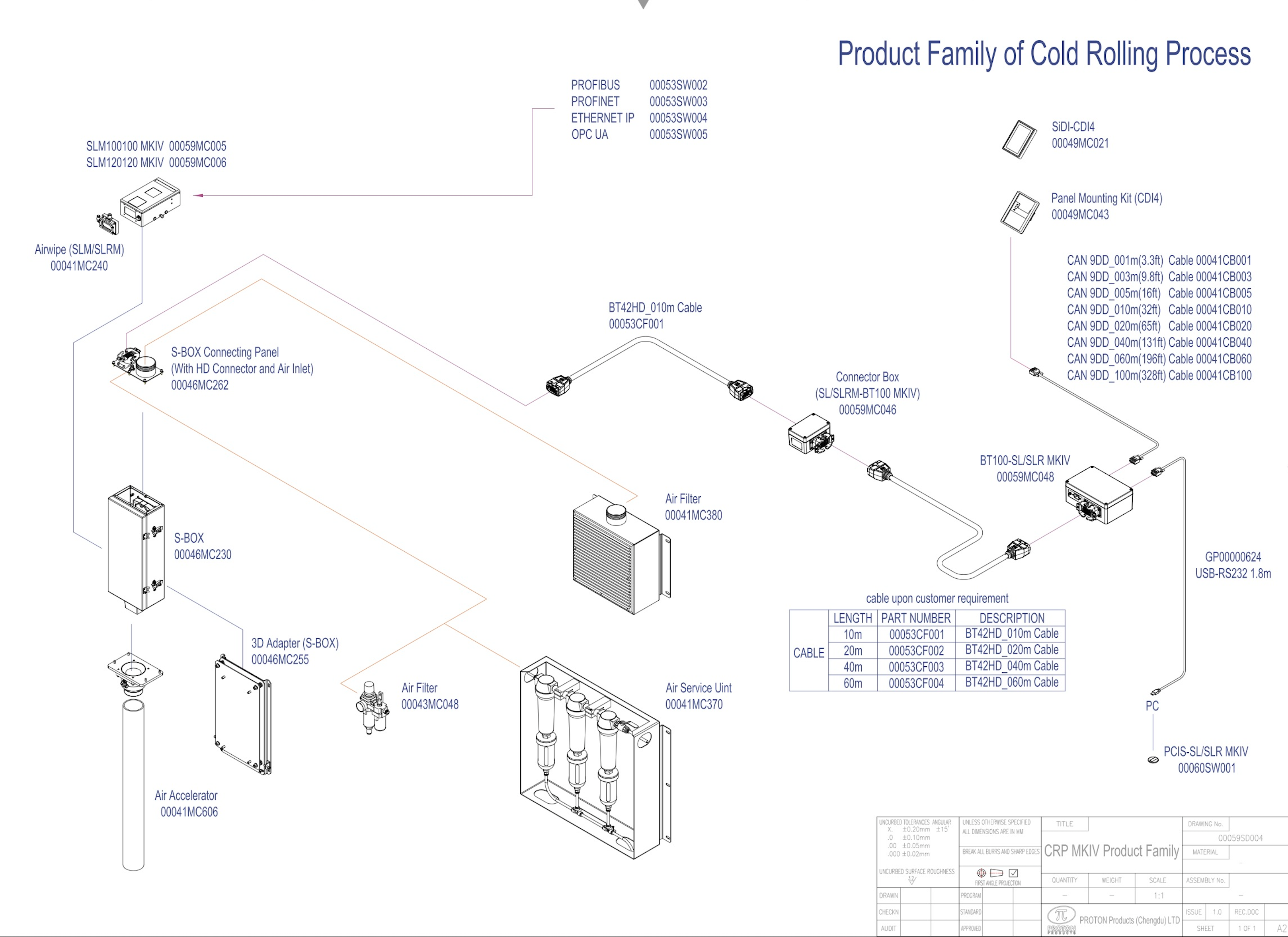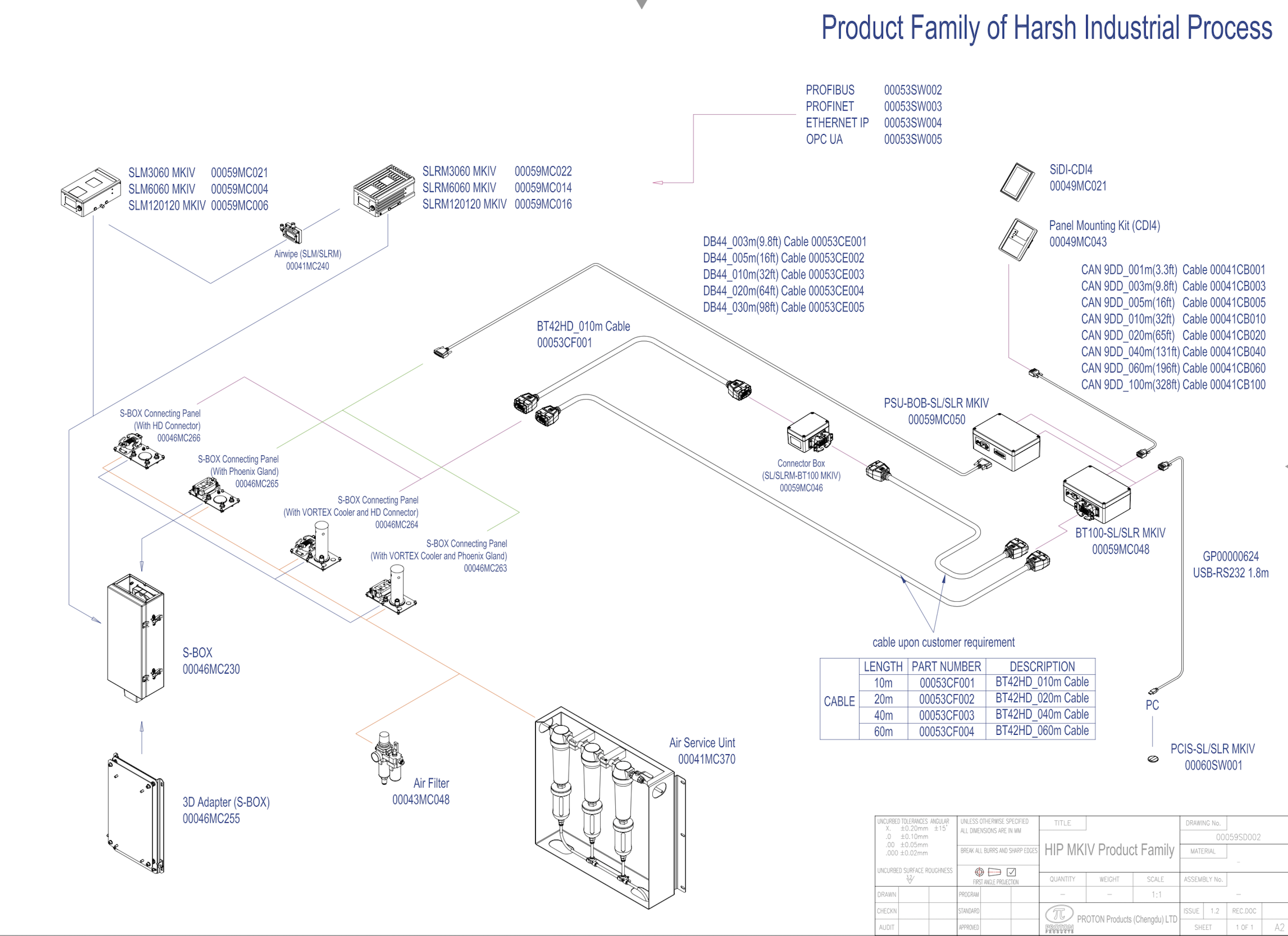Introduction
In the ever-evolving pipe and tube industry, precision and efficiency are key factors in ensuring the production of high-quality products that meet stringent standards. Diameter gauges play a crucial role in this domain, as they provide accurate and reliable measurements of pipe and tube diameters. In this blog, we will explore the significance of diameter gauges in the pipe and tube manufacturing process, their various types, working principles, benefits, and how they contribute to enhancing productivity and maintaining quality assurance.
- Understanding Diameter Gauges
Diameter gauges, also known as pipe and tube measurement gauges, are specialized tools designed to measure the external and internal diameters of pipes and tubes accurately. These gauges are essential in the pipe and tube manufacturing industry, where strict dimensional tolerances are required for seamless integration into various applications such as construction, automotive, oil and gas, and many others.
- Types of Diameter Gauges
Contact Diameter Gauges:
- Roller Gauges: These gauges use rollers to measure the outside diameter of pipes and tubes. The rollers rotate along the surface, gauging the diameter by calculating the distance traveled.
- Plug Gauges: Plug gauges are used for internal diameter measurements. They consist of cylindrical rods with precise dimensions, inserted into the pipe or tube to determine its internal diameter.
Non-Contact Diameter Gauges:
- Laser Gauges: As mentioned earlier, laser gauges employ non-contact measurement techniques to assess diameters accurately. They utilize laser beams to scan the surface of the pipes or tubes, providing precise measurements without any physical contact.
- Working Principles of Diameter Gauges
Contact Diameter Gauges:
– Roller Gauges: The pipe or tube is passed through the rollers, and their rotation is synchronized with the linear movement of the pipe. The gauge measures the displacement of the rollers to calculate the diameter.
– Plug Gauges: The cylindrical rod, or plug, is inserted into the pipe or tube, and the fit is assessed based on predefined dimensional tolerances, ensuring a proper internal diameter.Non-Contact Diameter Gauges:
– Laser Gauges: The laser beam is directed at the surface of the pipe or tube, and the reflected light is measured to determine the diameter. These gauges offer a non-intrusive and rapid method for measuring diameters accurately.
- Benefits of Diameter Gauges in the Pipe and Tube Industry
Ensuring Quality Assurance: Diameter gauges play a pivotal role in maintaining dimensional accuracy and consistency throughout the production process. They enable manufacturers to identify any variations in diameter early on, preventing the production of defective or substandard pipes and tubes.
Enhancing Productivity: By providing real-time measurements, diameter gauges enable manufacturers to optimize production parameters and reduce the number of rejected or reworked pipes and tubes. This leads to increased productivity and minimized downtime.
Meeting Industry Standards: The pipe and tube industry often adheres to stringent international standards. Diameter gauges help ensure compliance with these standards, allowing manufacturers to meet customer requirements and gain a competitive edge in the market.
Improving Cost Efficiency: Diameter gauges help reduce material wastage and minimize the need for additional quality control measures. This translates to cost savings and improved overall efficiency in the manufacturing process.
- Integrating Diameter Gauges into the Manufacturing Process
To fully leverage the benefits of diameter gauges, pipe and tube manufacturers must integrate them seamlessly into their production lines. This involves:
– Automated Measurements: Implementing automated diameter gauges allows for continuous monitoring and real-time data collection. Automation streamlines the production process and reduces reliance on manual measurements, improving accuracy and efficiency.
– Calibration and Maintenance: Regular calibration and maintenance of diameter gauges are essential to ensure accurate measurements. Manufacturers should follow recommended maintenance schedules and conduct periodic calibrations to maintain gauge precision.
– Data Analytics and Reporting: Diameter gauges generate a wealth of data. By utilizing advanced data analytics and reporting tools, manufacturers can gain valuable insights into their production processes, identify trends, and make informed decisions for process optimization.
Conclusion
Diameter gauges are indispensable tools in the pipe and tube manufacturing industry, empowering manufacturers to maintain high levels of precision, efficiency, and quality assurance. Whether using contact gauges such as roller or plug gauges or adopting cutting-edge non-contact laser gauges, these measurement devices significantly contribute to the success and competitiveness of pipe and tube manufacturers.
By integrating diameter gauges into their production processes, manufacturers can enhance productivity, meet industry standards, and minimize costs. As the pipe and tube industry continues to evolve, diameter gauges will remain at the forefront of innovation, driving advancements in dimensional measurement technology and cementing their crucial role in ensuring the consistent production of top-notch pipe and tube products.





